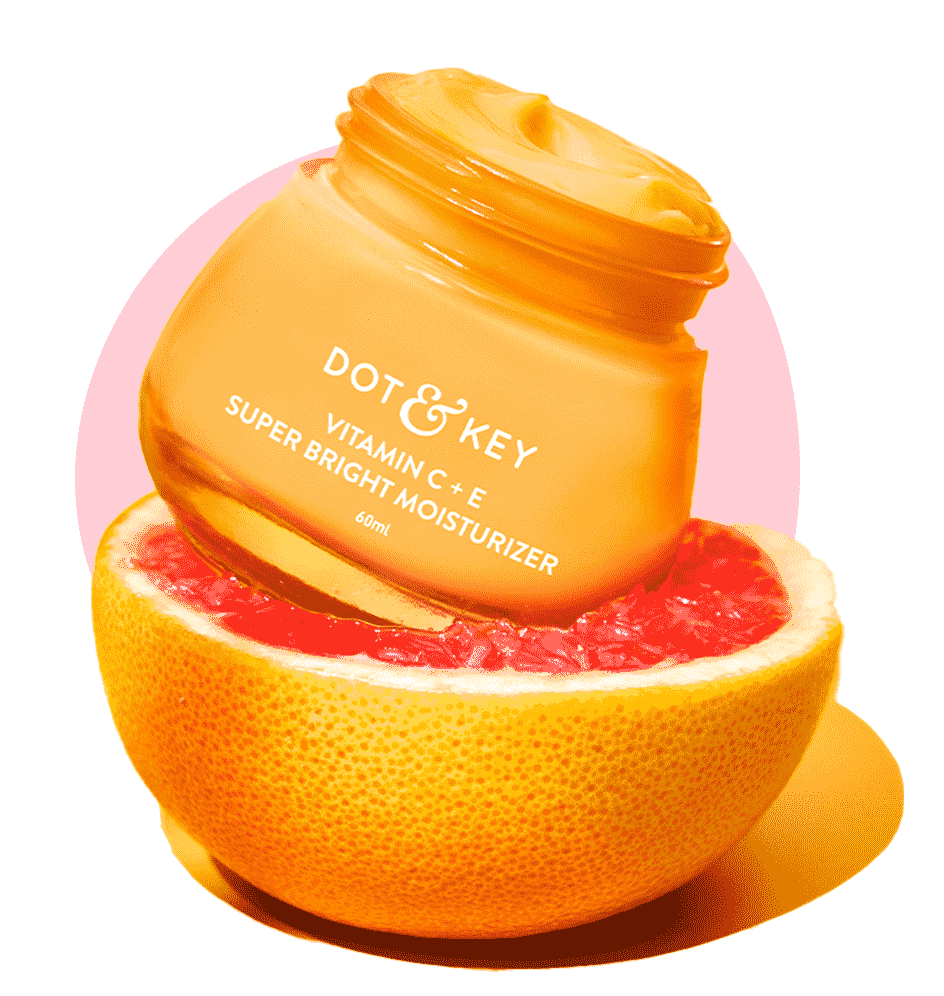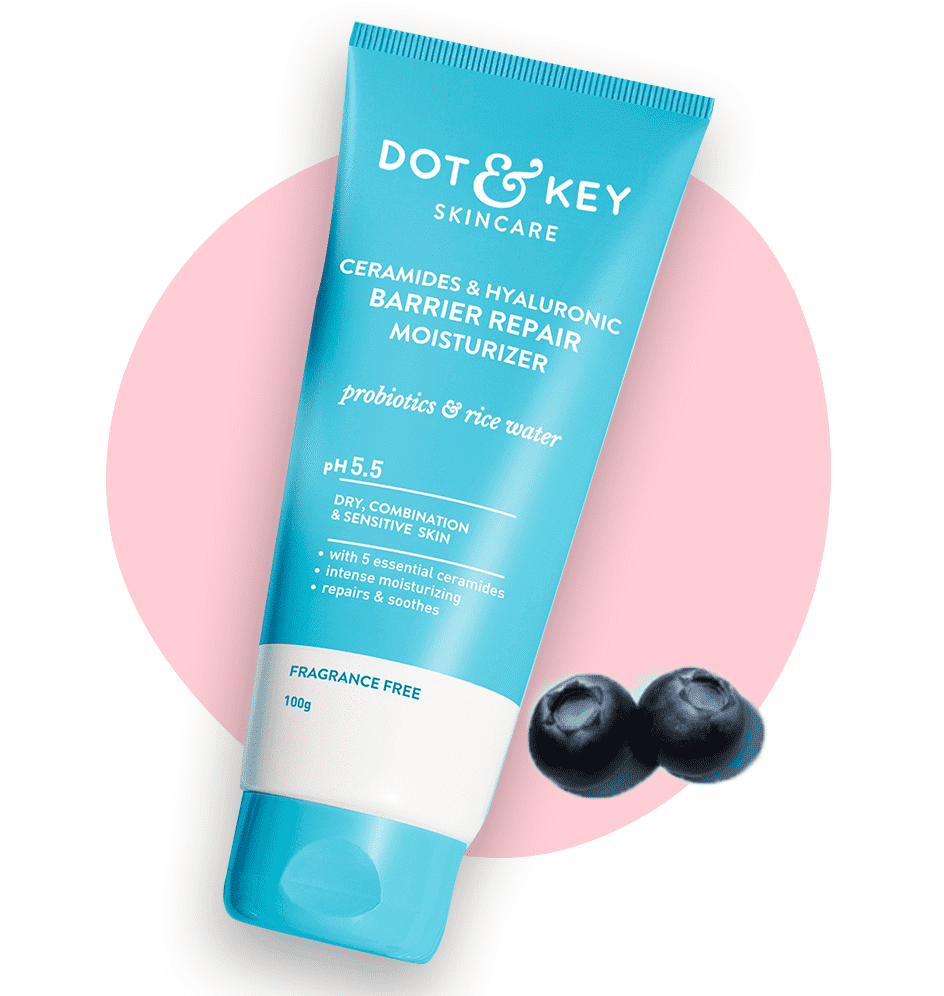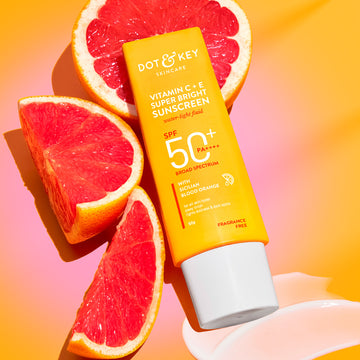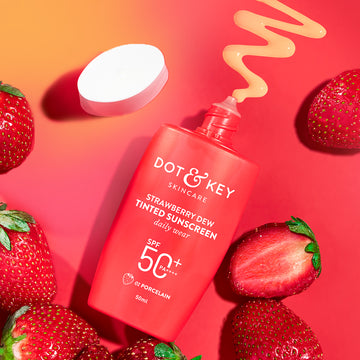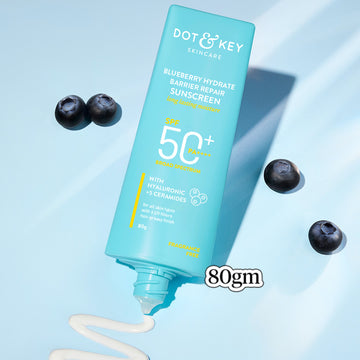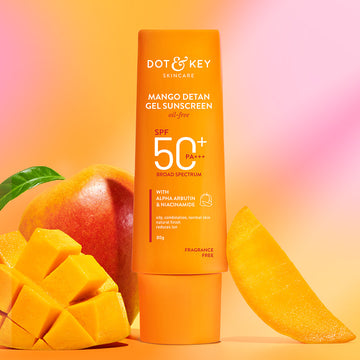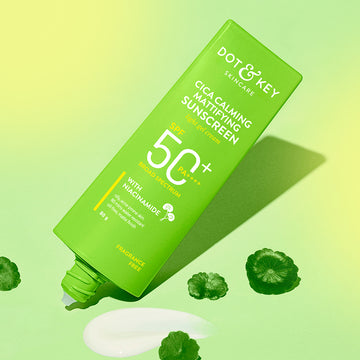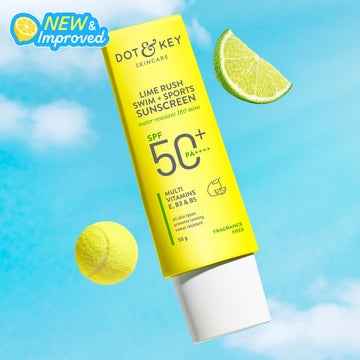
When it comes to sunscreen, there are a lot of options, but what makes mineral sunscreen stand out? It’s often seen as a gentler, more natural alternative to chemical sunscreens—but what exactly does that mean for your skin?
Unlike chemical sunscreens, which absorb UV rays, mineral sunscreen works by physically blocking and reflecting those harmful rays off your skin. The main active ingredients are usually zinc oxide or titanium dioxide, which form a protective barrier on the skin’s surface.
Mineral sunscreens are often the go-to for people with sensitive skin, as they’re less likely to cause irritation. They’re also a favorite for those who care about eco-friendly choices since they’re often reef-safe and less harmful to the environment.
In this guide, we’ll break down how mineral sunscreen works, why it’s a great choice for certain skin types, and how to make it a staple in your skincare routine. Ready to embrace the mineral magic? Let’s go!
Sunscreen 101: The UV Basics
To grasp what is mineral sunscreen, let’s cover the essentials. Sunscreen protects against ultraviolet (UV) rays:
- UVB Rays: Burn your skin’s surface, boosting cancer risk—SPF measures this protection.
- UVA Rays: Penetrate deeper, causing wrinkles, spots, and long-term damage—broad-spectrum fights these.
Sunscreen comes in two types: chemical and mineral. So, what is mineral sunscreen? It’s the physical, nature-based hero—let’s break it down.
What Is Mineral Sunscreen?
Mineral sunscreen, also called physical sunscreen, uses natural minerals—zinc oxide and titanium dioxide—to block UV rays by reflecting them off your skin. It’s broad-spectrum (UVA/UVB protection), typically SPF 30 or higher, and sits on your skin’s surface rather than absorbing into it. In short, what is mineral sunscreen? It’s a safe, gentle SPF that bounces rays away like a mirror.
How Mineral Sunscreen Works
To dig into what is mineral sunscreen, let’s get technical. Unlike chemical sunscreens (e.g., avobenzone) that absorb UV and convert it to heat, mineral sunscreen:
- Reflects: Zinc oxide and titanium dioxide scatter UVA and UVB rays—physical barrier style.
- Protects Instantly: No wait time—works the second you apply it.
- Stays Put: Sits on top, not in your skin—less absorption, less irritation.
A 2024 study in the Journal of Dermatological Science found mineral SPFs block 95–98% of UV with zinc oxide alone. So, what is mineral sunscreen? It’s science-backed, natural defense.
Mineral vs. Chemical Sunscreen: The Difference
What is mineral sunscreen compared to chemical? Here’s the showdown:
- Ingredients: Mineral = zinc oxide, titanium dioxide; Chemical = oxybenzone, octinoxate.
- Action: Mineral reflects; Chemical absorbs—different UV tactics.
- Feel: Mineral can be thicker, sometimes white; Chemical’s lighter, clear.
- Safety: Mineral’s gentler, less absorbed; Chemical might irritate or disrupt hormones (debated).
Both protect, but what is mineral sunscreen? It’s the physical, skin-friendly choice.
Why Choose Mineral Sunscreen?
Here’s why what is mineral sunscreen stands out:
- Gentle: Low irritation—ideal for sensitive or acne-prone skin.
- Instant: Works on contact—no 15–30 minute wait like chemical SPF.
- Eco-Friendly: Zinc and titanium don’t harm coral reefs (unlike some chemicals).
- Broad-Spectrum: Naturally covers UVA/UVB—no extra filters needed.
For safety and simplicity, what is mineral sunscreen shines.
Who Needs Mineral Sunscreen?
What is mineral sunscreen perfect for? Check if you’re a match:
- Sensitive Skin: Chemical SPFs sting? Mineral soothes.
- Acne-Prone: Non-comedogenic minerals dodge clogs.
- Kids/Babies: Gentle enough for 6+ months—pediatrician-approved.
- Eco-Warriors: Reef-safe vibes—protect skin and oceans.
- Rosacea/Eczema: Calms flare-ups—less irritation risk.
If this fits, what is mineral sunscreen could be your SPF star.
When to Use It: Everyday and Beyond
Mineral sunscreen fits anywhere—here’s when what is mineral sunscreen works:
- Daily: SPF 30-50 for face—indoors near windows or quick errands.
- Outdoor Fun: Water-resistant SPF 50+—beach, hikes, sports.
- Post-Procedure: Healing skin (e.g., peels)—gentle SPF 50.
- Kids’ Play: SPF 50, mineral—safe for rough-and-tumble.
What is mineral sunscreen? Your anytime, anywhere shield.
How to Apply Mineral Sunscreen
Knowing what is mineral sunscreen includes using it right:
- Cleanse: Fresh face—remove oil or dirt.
- Moisturize: Hydrate first (optional)—wait 1-2 minutes.
- Apply: 1/4 teaspoon for face and neck—dot on, rub in gently.
- Blend: Smooth out white cast—modern formulas help.
- Reapply: Every 2 hours outdoors—or after swimming/sweating.
This nails what is mineral sunscreen in practice.
Pros of Mineral Sunscreen
Why love what is mineral sunscreen? The perks:
- Safe: Minimal absorption—fewer systemic risks.
- Gentle: Low irritation—sensitive skin’s friend.
- Eco: Reef-safe—good for planet and skin.
- Instant: No wait—protection on the spot.
What is mineral sunscreen? A win for skin and nature.
Cons to Consider
But what is mineral sunscreen isn’t flawless:
- White Cast: Can leave a sheen—tinted versions fix this.
- Thicker: Heavier feel—less light than chemical SPF.
- Rubbing Off: Physical layer might wear—reapply often.
- Cost: Sometimes pricier—quality minerals add up.
Weigh these—what is mineral sunscreen suits some more than others.
Myths Busted: What Is Mineral Sunscreen?
Clear the haze on what is mineral sunscreen:
-
Myth: It’s less effective.
Truth: Blocks 95–98% UV—matches chemical SPF. -
Myth: Always leaves a white film.
Truth: Modern blends vanish—tinted helps. -
Myth: Only for sensitive skin.
Truth: Great for all—especially eco-fans.
Mineral Sunscreen vs. Chemical Sunscreen
What is mineral sunscreen vs. chemical? Mineral reflects, chemical absorbs—both work, but:
- Sensitive: Mineral wins—less irritation.
- Light Feel: Chemical edges out—less thick.
- Eco: Mineral’s reef-safe—chemical’s iffy.
SPF 30-50, broad-spectrum—what is mineral sunscreen fits your vibe.
Final Thoughts
So, what is mineral sunscreen? It’s SPF with zinc and titanium—reflecting UV, soothing skin, and saving reefs. Use 1/4 teaspoon, pick your finish (tinted or not), and enjoy gentle, instant protection. Whether you’re sensitive, green-minded, or just curious, it’s a skincare staple worth trying. Glow safe, naturally.







